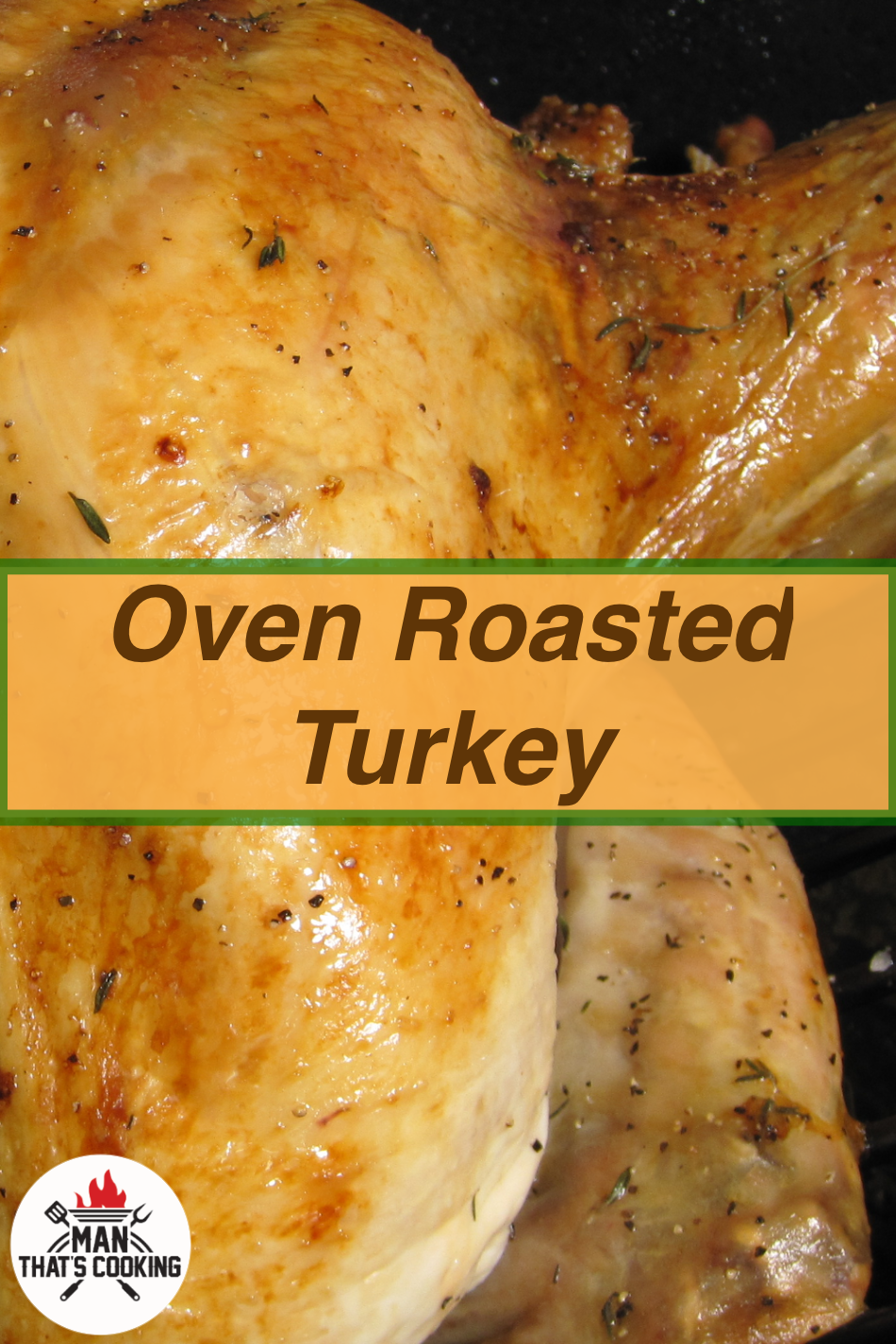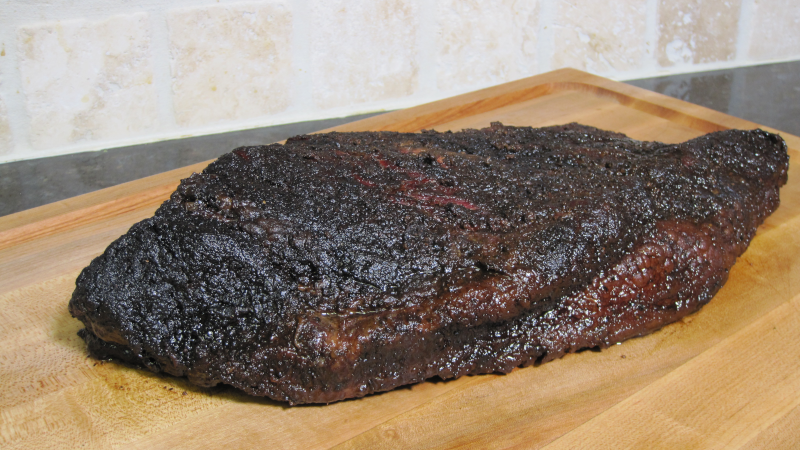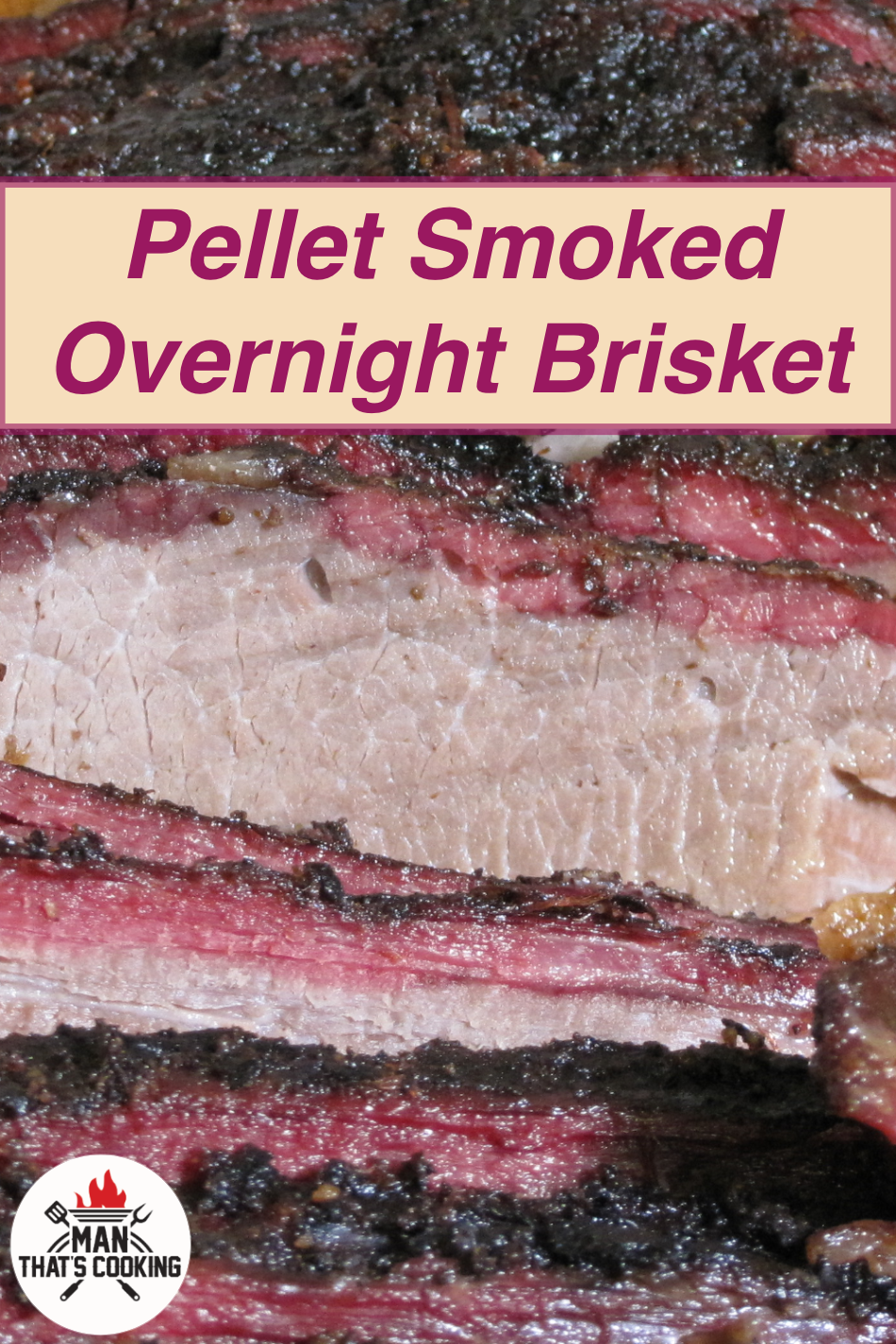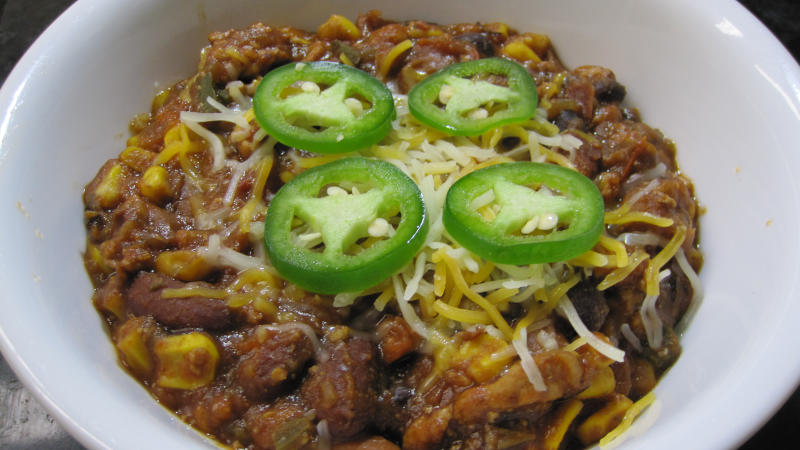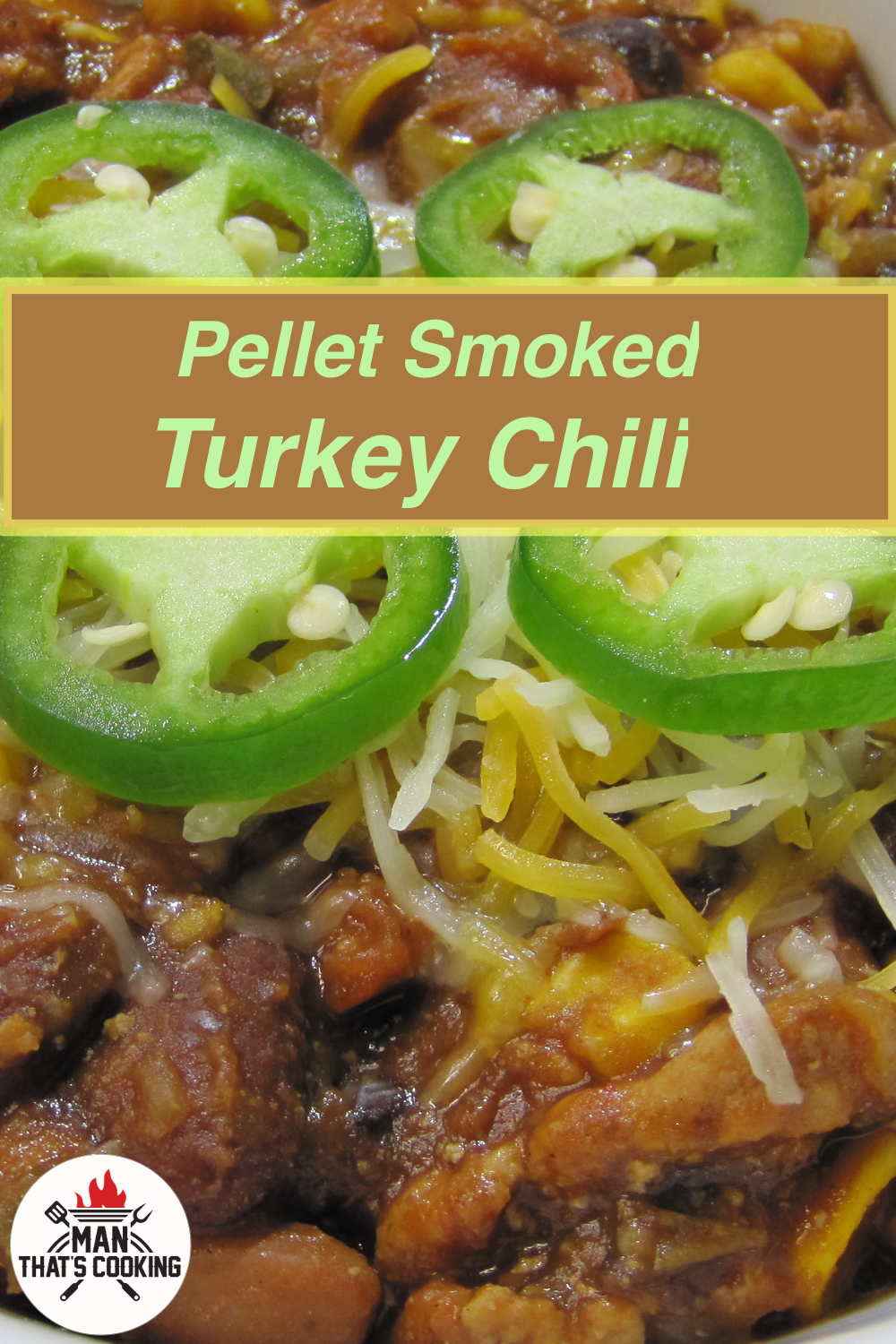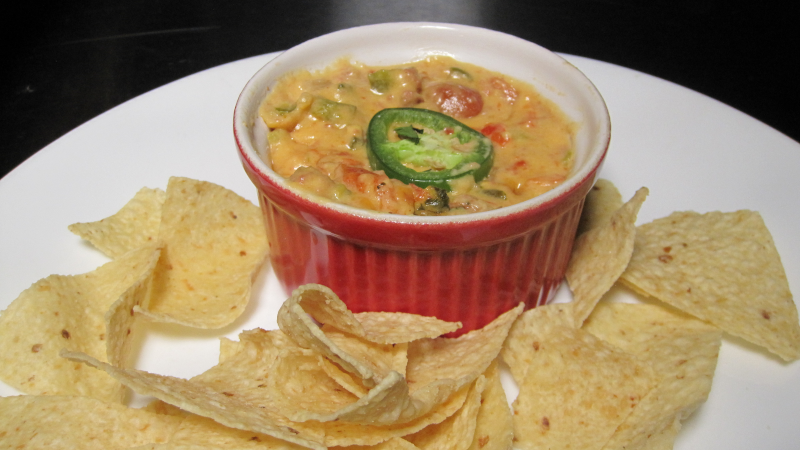Oven Roasted Turkey
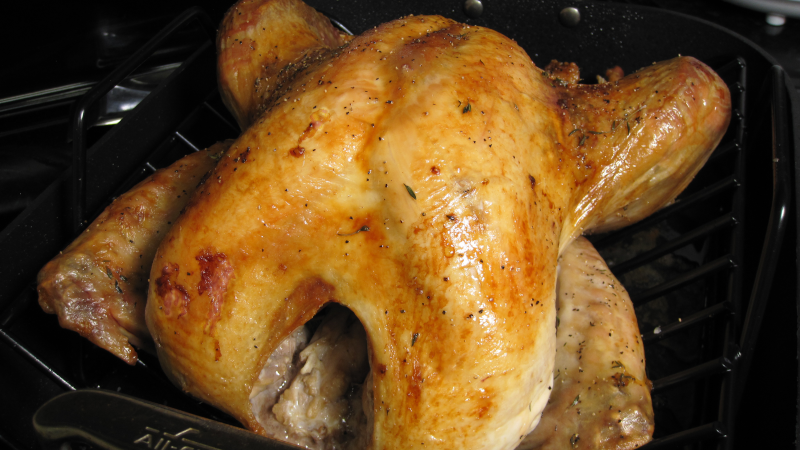
Any time is a great time for turkey and when it comes to the holidays, it’s a big deal. This is nothing to worry about and if you follow this recipe, your turkey will impress all of your guests. This recipe uses a brine which is an optional step but highly recommended. Most store bought turkey is frozen in a solution to make the meat juicy. Because of this pre processing, a brine is not necessary however it will enhance the overall outcome. And if you sourced your turkey from something other than the grocery store (hunting, backyard farm or otherwise) then a brine is an excellent enhancement. If your turkey is frozen, you will need at least 48 hours of thaw time with the turkey in the refrigerator. The brine is easy to prepare and you can do this any number of days ahead and keep it in the refrigerator. The turkey should be brined for 4 to 6 hours max and then washed off and dried with paper towels. Then you should let the turkey dry out in the refrigerator for 24 hours. This will help the skin to become crispy and delicious.
So let’s step through this, assuming this will be a Thanksgiving Thursday turkey and you work 9 – 5 like all of us. Sunday at noon place the turkey in the refrigerator to thaw out. On Monday evening, make the brine and place it in the refrigerator. By Tuesday evening the brine will be cool and the turkey will be thawed and ready to brine for 4 – 6 hours. Tuesday night remove the turkey from the brine, wash off the brine, then dry it with paper towels. Place the turkey on a cooling rack over a foil layer on a cookie sheet. Place the turkey in the refrigerator from Tuesday night to Thursday morning (a little over 24 hours, no biggie). Thursday morning / afternoon season the turkey and roast in the oven. This recipe will cook at 325 F and turkey will require 15 – 17 minutes per pound when cooked at 325 F. So a 12 pound turkey at 16 minutes per pound = 192 minutes total time (12 x 16) which is 3.2 hours (192 minutes / 60 minutes per hour).
Man That’s Cooking
Ingredients
- 10 – 15 pound whole turkey
Brine
- 1 gallon water
- 1 cup kosher salt
- 1 lemon
- 3 sprigs rosemary
- 3 sprigs sage
- 3 sprigs thyme
- 1 tablespoon peppercorns
- 1 teaspoon allspice
- 1 teaspoon paprika
- 1 teaspoon nutmeg
Directions
If your turkey is frozen, allow it to thaw for 48 hours prior to brine or cooking. For this recipe if you target Thanksgiving Thursday, start the turkey thawing on Sunday.
Prepare the brine several days ahead of the cook. For Thanksgiving, this would be Monday evening. Allow the brine solution to cool down, then place it in the refrigerator to cool it further overnight. The next evening (Tuesday) soak the turkey in the brine for 4 to 6 hours. You can use 1 gallon XL zip seal bags to brine the turkey if you don’t have any containers large enough for the task.
After this, wash the turkey and place it on a cookie sheet and cooling rack setup. Dry it inside and out with paper towels and place in the refrigerator.
On Thursday, remove the turkey from the refrigerator and brush it down on all sides with melted butter. If you use salted butter, then apply less salt on the surface in the next step. Salt and pepper the turkey on all sides.
Move the turkey to a roasting rack breast side up. Tuck the wing tips under the body of the turkey. Add fresh thyme to the turkey skin. Do not truss the turkey legs unless your grandma makes you do so. This is an old technique that is debated endlessly at this point.
Preheat the oven to 325 F and cook for 1 and a half hours.
Open the oven, slide out the turkey or remove it and brush it down with melted butter. Take the temperature of the turkey and do the math for the remaining cook time. Turkey will require 15 – 17 minutes per pound when cooked at 325 F. The target temp is 165 F in the breast and 175 F in the thigh.
When the turkey breast reaches 165 F in the thickest part of the breast, it is safe to remove it from the oven. Allow the turkey to rest for 30 minutes and do not cover it with foil. If you cover it with foil, condensation will form and will drip back on the skin making it less crispy.
 Print This Recipe
Print This Recipe
Watch How To Make This Recipe
